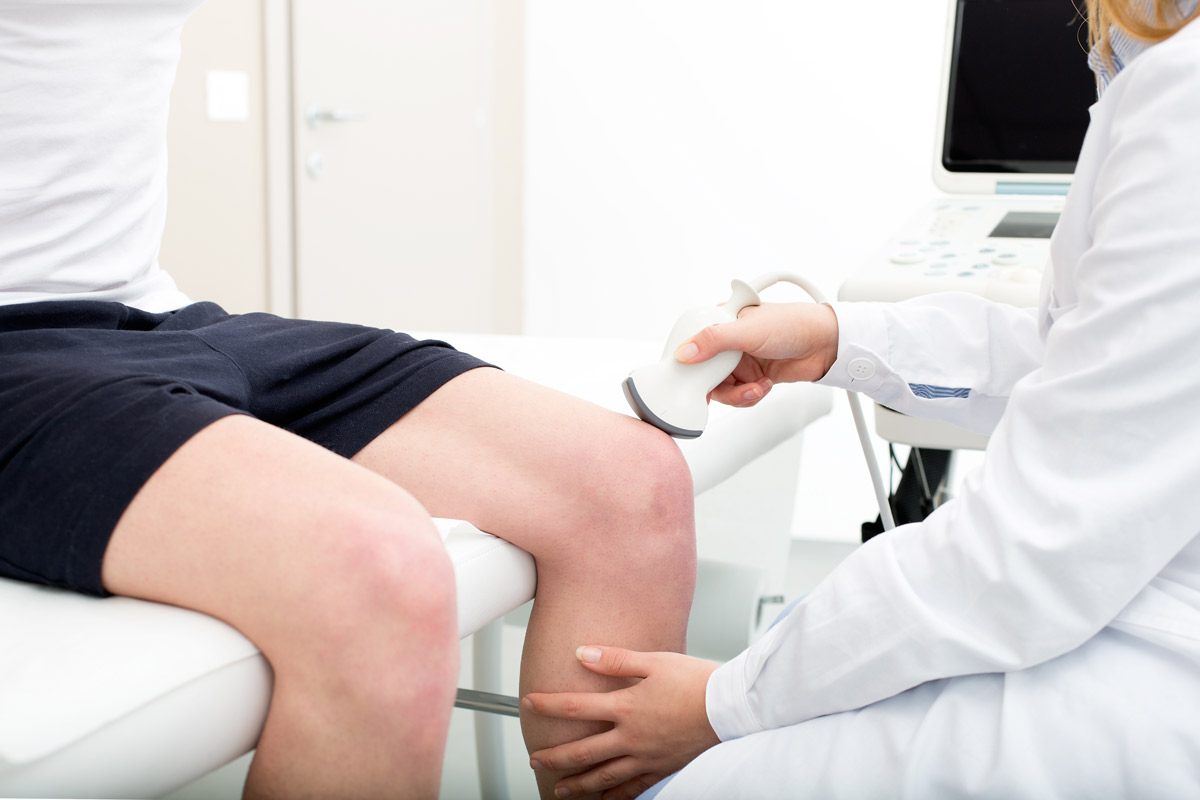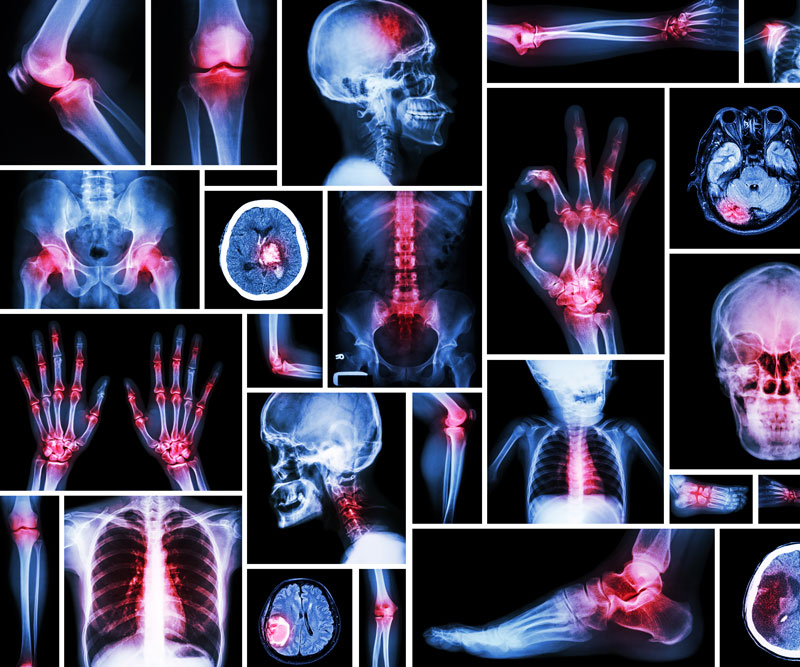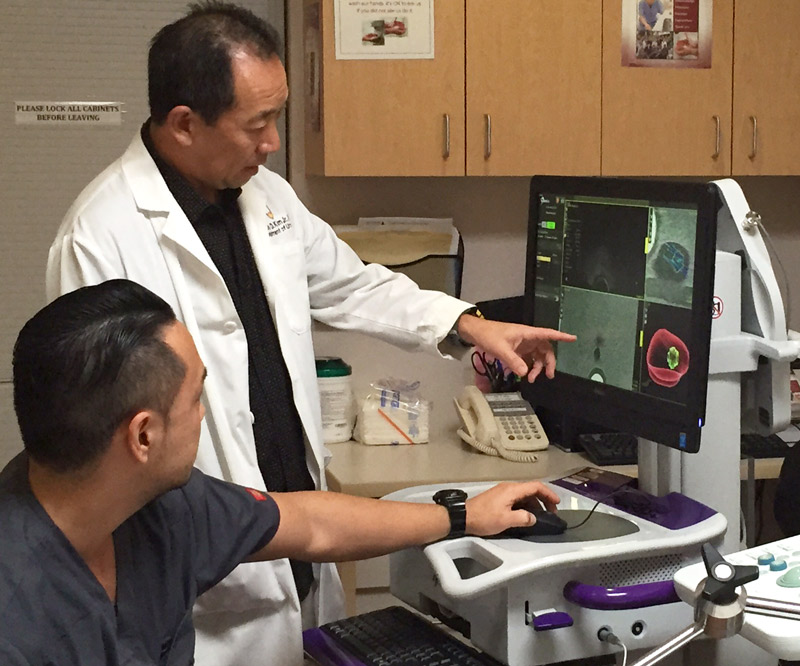
Ultrasound: Evaluating the Joints with Sound Waves
The use of ultrasound in rheumatology has increased in recent years. This new technology allows rheumatologists to visualize your joints, tendons, cartilage and nerves, therefore helping in the diagnosis and treatment of rheumatologic diseases.
Ultrasound is an imaging technique that uses high-frequency sound waves to produce images of the body.
During an ultrasound, a device called a transducer produces high-frequency sound waves that are transmitted into tissue. These high-frequency sound waves are reflected differentially by different types of tissue. The transducer detects the reflected sound waves and translates them into an image.
Specifically, rheumatologists use the ultrasound machine to assess synovial tissue to see if inflammation is present in the joints to diagnose rheumatoid arthritis, a condition associated with joint inflammation.
Ultrasound is a more-sensitive tool to detect inflammation in the joints because sometimes inflammation can be difficult to detect on physical exam.
Ultrasound also is helpful to evaluate for signs of crystalline diseases, including gout.
There are many advantages of ultrasound as compared to other imaging techniques, such as X-rays or MRIs.
Ultrasound is a safe and noninvasive option for patients because there is no use of ionizing radiation. Portable ultrasound in the clinic allows rheumatologists to obtain invaluable information about your joints in the office without the need for a separate appointment.
Ultrasound also allows rheumatologists to perform injection procedures under guidance, ensuring accurate placement of medication within the target tissue. Injection of deep structures, such as the hip and the shoulder joints, can be performed safely under ultrasound because ultrasound technology allows your doctor to avoid critical structures, such as blood vessels, during the injection.
In summary, ultrasound is a noninvasive method to obtain invaluable information about the joints and their surrounding structures utilizing high-frequency sound waves. It is a great tool that helps rheumatologists diagnose and treat your musculoskeletal problems.
Published on: October 5, 2017





